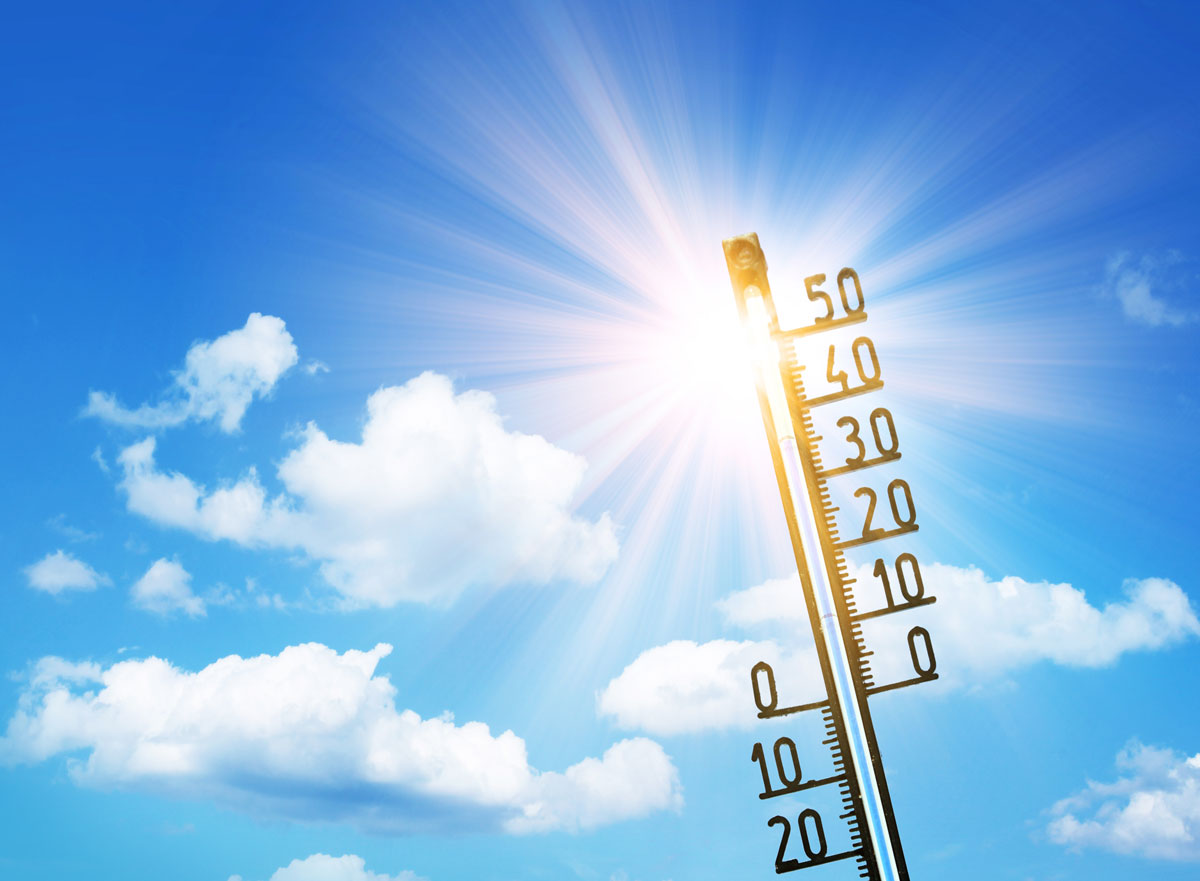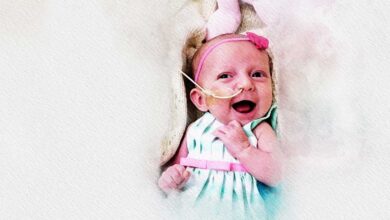What’s the difference between heat stroke and heat exhaustion?

Heat stroke is a medical emergency and is the most serious form of heat injury. Rapid intervention is necessary to lower the body temperature and quickly replace the lost fluids. How can we differentiate between heat stroke and heat exhaustion?
Heat exhaustion occurs when the body loses excess amounts of water and salt, typically from sweating. On the other hand, heat stroke is a serious medical emergency that occurs when your body is unable to control its internal temperature. Both conditions lead to fainting and possibly death if the person isn’t treated immediately. High body temperature can lead to reduced blood flow to the heart and other circulatory problems.
Heat Stroke
Heatstroke is a condition caused by your body overheating as a result of prolonged exposure to high temperatures. How can we prevent heat strokes?
One of the main ways to prevent heat stroke is to keep your body temperature cooler. Stay hydrated by drinking a lot of water as long as you are outside in the heat or direct sun and stay out of the sun about every half hour.
Symptoms include dizziness, headache, back pain, fatigue, nausea, vomiting, dizziness, ringing in the ears, fever, extremity pain, abdominal cramps, tremors and fainting.
Heatstroke signs and symptoms include:
- High body temperature of 40 C or higher.
- Severe fatigue and fainting
- Headache, dizziness and flushed skin
- Rapid breathing
- Racing heart rate
- Nausea and vomiting
If you think a person may be experiencing heat stroke, seek immediate medical help and take immediate action to cool the overheated person. You should get the person into shade or indoors and cool them with whatever means available while making them drink a lot of water.
How to help an overheated person?
Take immediate action to cool the overheated person while waiting for emergency treatment.
- Get the person into shade or indoors.
- Remove excess clothing.
- Cool the person with whatever means available
- Put in a cool tub of water or a cool shower, spray with a garden hose, sponge with cool water, fan while misting with cool water, or place ice packs or cold, wet towels on the person’s head, neck, armpits and groin.
- Monitor vital signs, such as breathing, pulse rate and temperature, and give IV fluids if possible.
- CPR should be performed immediately on the person if they became unconscious or pulseless, while checking the vital signs every five minutes.
- Transfer the person to the nearest medical center to check on his general health condition.
Heat Exhaustion
Heat exhaustion is characterized by a combination of salt and water depletion that occurs under conditions of heat stress. Without proper intervention, heat exhaustion can progress to heat stroke, which can damage the brain and other vital organs, and even cause death.
The most common signs and symptoms associated with heat exhaustion include:
- Heavy sweating and pale skin
- Headache, dizziness and nausea
- Muscle cramps
- Rapid pulse, fast breathing and blurred vision
- Low blood pressure
First aid treatment for heat exhaustion
If you suspect heat exhaustion, take these steps immediately:
- Move the person out of the heat and into a shady or air-conditioned place.
- Lay the person down and elevate the legs and feet slightly.
- Remove tight or heavy clothing.
- Have the person sip chilled water, a decaffeinated sports drink containing electrolytes or other nonalcoholic beverage without caffeine.
- Cool the person by spraying or sponging with cool water and fanning.
- Monitor the person carefully.
Prevention
Prevention of heat stroke or heat exhaustion is possible when following these guidelines. Choose lightweight, light-colored, loose-fitting clothing, stay in an air-conditioned place as much as possible, wear sunscreen, drink more fluids, regardless of how active you are. Don’t wait until you’re thirsty to drink. If you must go outdoors, protect yourself from the sun by wearing a wide-brimmed hat, sunglasses, and by putting on sunscreen of SPF 15 or higher. Reapply it according to the package directions.
















